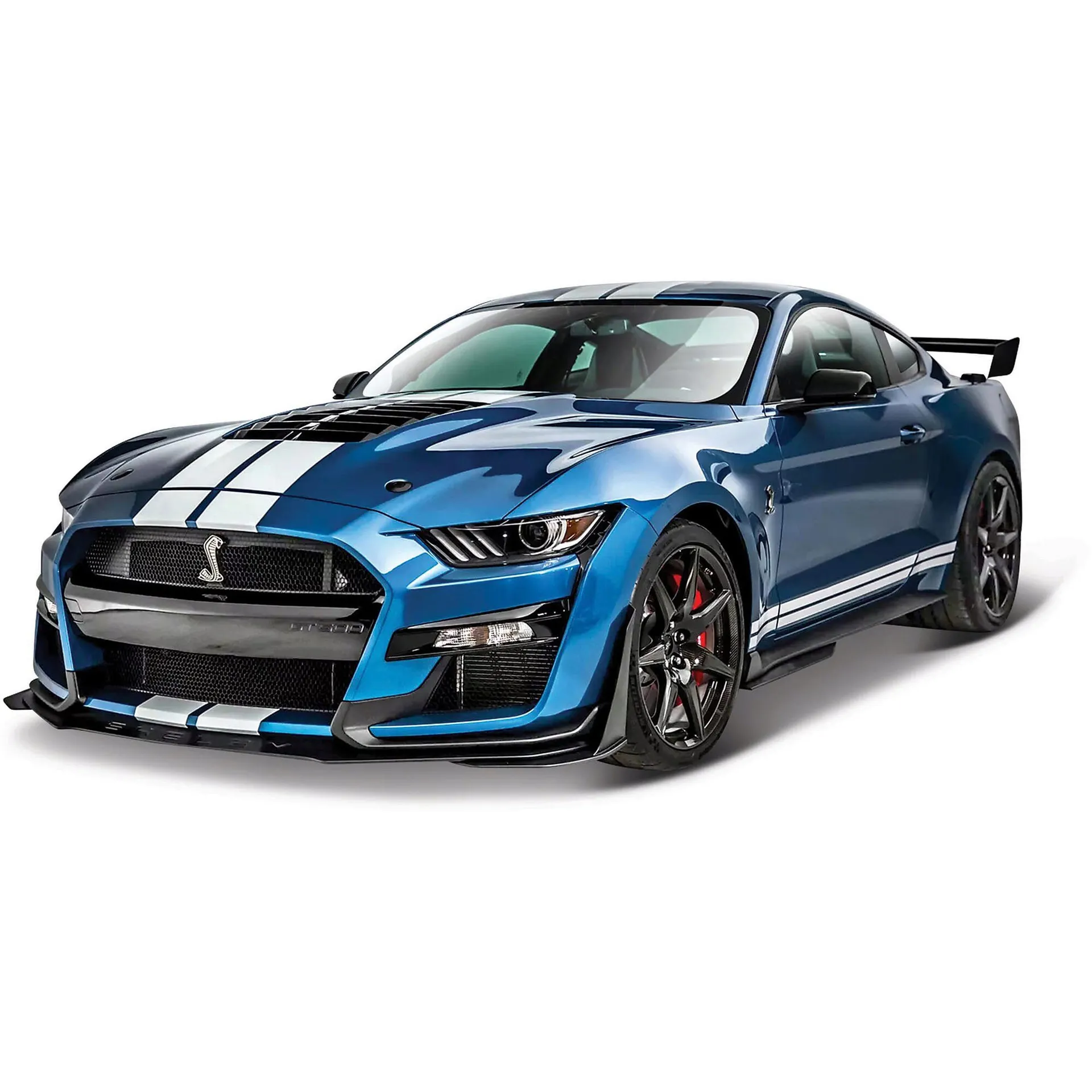What are Diecast Model Cars?
Diecast model cars are miniature replicas of real-life automobiles, meticulously crafted for collectors and enthusiasts. These models are typically made using a die-casting process, where molten metal is injected into a mold to create intricate designs with impressive detail. They capture the essence of iconic vehicles, from classic roadsters to modern sports cars, offering a tangible connection to automotive history and design. Diecast cars are not just toys; they are highly sought-after collectibles, often reflecting significant value depending on their rarity, condition, and the manufacturer. The appeal lies in their authenticity, the precision of their craftsmanship, and the wide variety of models available, representing vehicles from different eras and regions. Their small size makes them easy to display and collect, allowing enthusiasts to amass impressive collections without requiring vast amounts of space. Many collectors appreciate the artistry involved, the historical significance of the vehicles they represent, and the investment potential of certain rare models. Whether you’re a seasoned collector or a newcomer, the world of diecast model cars offers a fascinating blend of history, artistry, and passion for automobiles.
Materials Used in Diecast Model Cars
The materials used in diecast model cars play a crucial role in their quality, durability, and overall aesthetic appeal. Primarily, the main component is metal, used for the body and sometimes other parts, which allows for intricate detailing and a realistic weight that enhances the model’s feel. Other materials are essential in construction as well, providing the finishing touches that transform these miniatures into highly coveted items. The composition of materials impacts not only the look and feel of the model car, but also its price and longevity. Careful material selection ensures that the diecast model car can withstand the test of time, maintaining its aesthetic appeal and collectible value for years to come. Collectors often consider the materials used when evaluating a model, prioritizing those made with quality components and expert craftsmanship to enrich their collections.
Metal Alloys Used in Diecast Cars
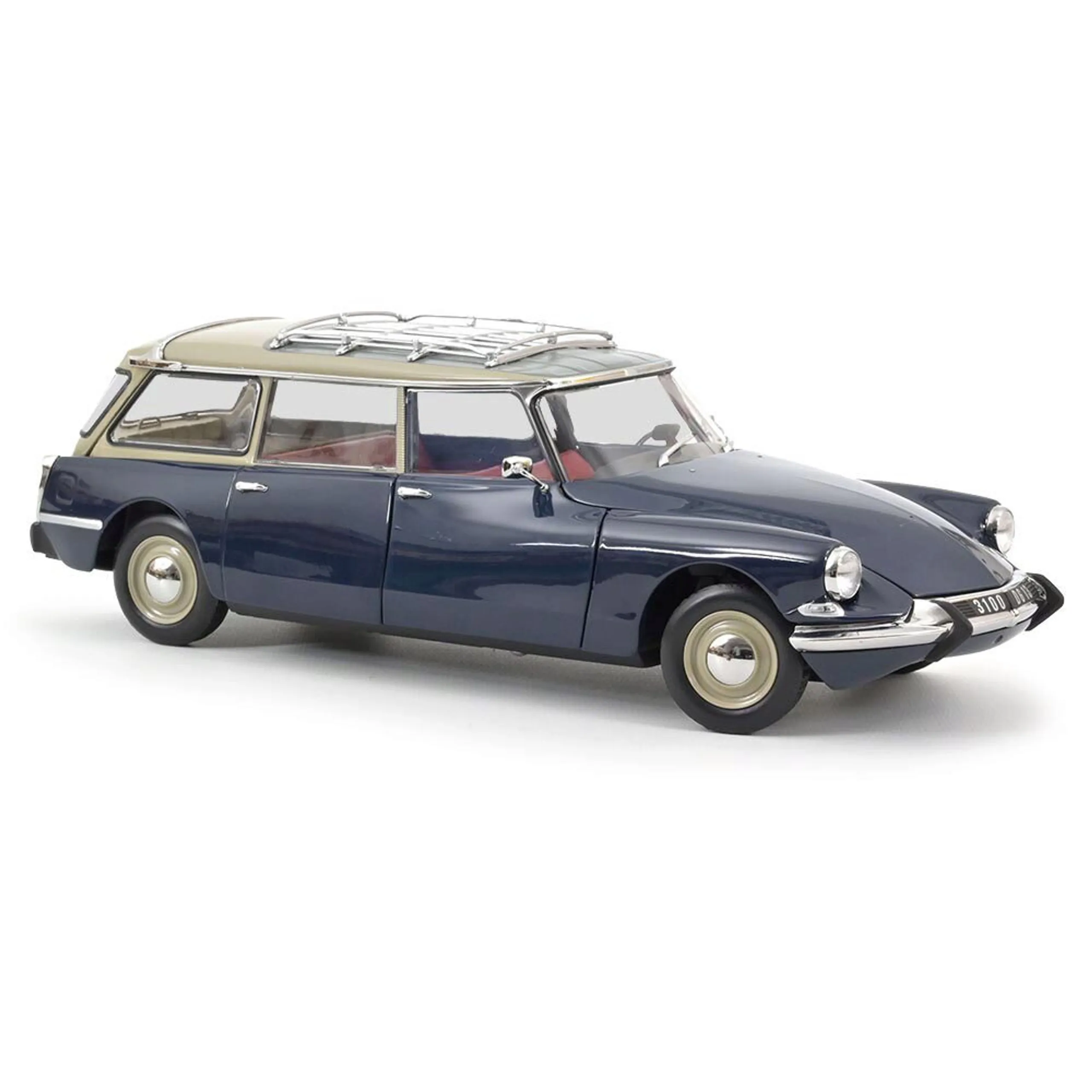
The primary metal alloy used in diecast model cars is typically zinc alloy, often combined with small amounts of aluminum and copper. This blend offers excellent moldability and allows for the creation of complex shapes and fine details. The zinc alloy provides a good balance of strength and weight, contributing to the realistic feel of the model. Some high-end models might use other metals or alloys for specific parts, such as stainless steel for axles or chrome-plated parts for added visual appeal. The metal alloy choice affects not only the appearance but also the durability and longevity of the model. High-quality alloys resist corrosion and wear, ensuring that the model retains its value and visual appeal over time. Collectors pay attention to the metal composition, considering it an indicator of quality and potential investment value. The use of premium metal alloys is a signature of superior craftsmanship, adding to the prestige and desirability of these miniature automobiles. (diecast-model-car-materials)
Plastic Components in Diecast Cars
While metal forms the core structure, plastic components are integral to diecast model car production, used for features like interior details, tires, windows, and various small parts. High-quality plastics offer versatility and allow manufacturers to create detailed elements that would be challenging to produce using metal alone. ABS (Acrylonitrile Butadiene Styrene) plastic is commonly used due to its durability, impact resistance, and ability to hold fine details. Polycarbonate plastics are sometimes used for clear parts like windows and headlights, providing clarity and durability. The plastic components play a critical role in enhancing the overall realism and detail of the model, from the intricate dashboard designs to the realistic tire treads. Choosing high-quality plastics ensures the model’s longevity and visual appeal, withstanding wear and tear while retaining its intricate details. The correct selection of plastics also allows for a wide range of colors and textures, enhancing the visual appeal and realism of these miniature cars.
Factors Influencing Diecast Model Car Prices
The price of diecast model cars is influenced by a variety of factors, including scale, brand, rarity, condition, and the overall demand in the market. Understanding these elements helps collectors assess the value and make informed purchasing decisions, navigating the dynamic and often fluctuating prices within the hobby. The interplay of these factors determines the price point of a model, from budget-friendly options to highly sought-after, expensive collectibles. The interplay of these elements establishes a dynamic market where values shift depending on production, historical context, and collector demand. Analyzing these factors offers insight into the valuation of these miniature vehicles, offering a clear understanding of the different values that drive the collector’s market.
Scale of the Model
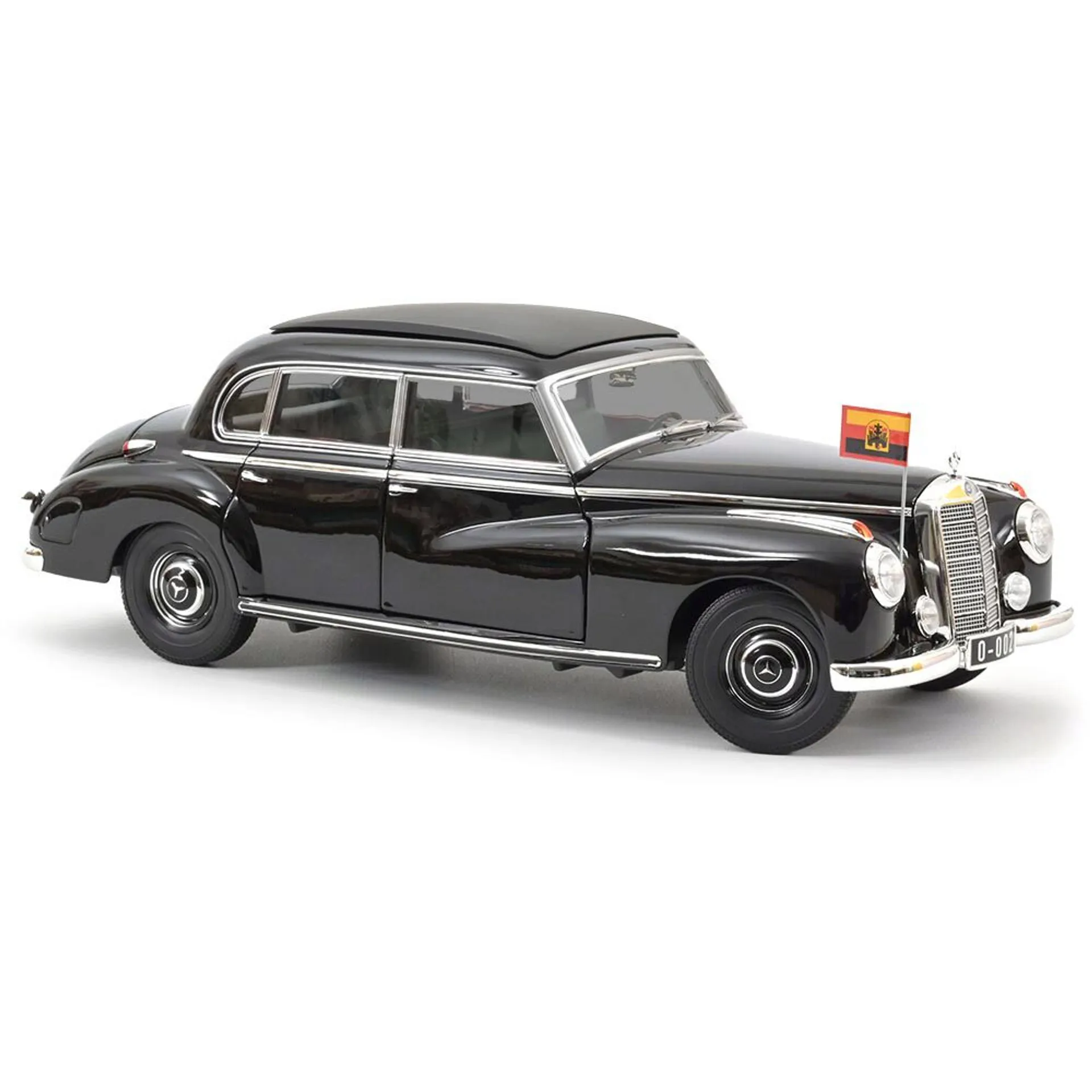
The scale of a diecast model car significantly impacts its price, as larger scales generally command higher prices due to the greater amount of material and detail required. Common scales include 1:18, 1:24, 1:43, and 1:64, with 1:18 being among the largest and most detailed, often resulting in higher prices. The scale determines the size and the amount of detail possible, directly influencing the model’s price. 1:18 scale models often feature more intricate details, opening doors, and engine compartments, reflecting the increased investment in production. Smaller scales, such as 1:64, are usually more affordable but still offer remarkable detail, making them popular for affordability and space-saving. The scale is, therefore, a crucial factor in determining the cost, as bigger models normally present more elaborate features which increases the value. This variance caters to collectors with varied budgets and preferences, leading to a dynamic market driven by scale preference. (diecast-model-car-scale)
Brand and Manufacturer
The brand and manufacturer of a diecast model car play a significant role in determining its price and perceived value. Premium brands like AUTOart, Minichamps, and Bburago often command higher prices because of their reputation for quality, detail, and historical accuracy. These manufacturers invest heavily in research, design, and production, ensuring the models reflect high standards. Limited edition models or those produced by brands with a strong collector following often see a rise in price. Models from less known or mass-produced brands are usually more affordable, but the quality and detailing may be less. The brand’s reputation and the model’s exclusivity greatly influence the demand and the market value. Some brands are highly valued due to their ability to produce authentic models, with collectors often prioritizing their brand name. This factor plays a vital role in determining the final price, which is highly affected by brand prestige.
Rarity and Collectibility
Rarity and collectibility are major factors affecting the price of diecast model cars, with limited-edition or out-of-production models often fetching much higher prices. The scarcity of a model can dramatically increase its value, especially if it’s a limited edition release. Models that were only produced in small quantities or for a short period become highly desirable among collectors. Special editions, such as those commemorating significant events or featuring unique paint schemes, are also very valuable. Demand from collectors is high for these unique models. Collectibility also depends on the model’s historical significance or association with a famous car. Collectors look for models representing iconic vehicles or those with a strong cultural connection, leading to increased demand and higher prices. The price of diecast cars is considerably affected by their rarity and collectibility. This demand turns these models into valuable collectibles within the enthusiast community.
Condition of the Model
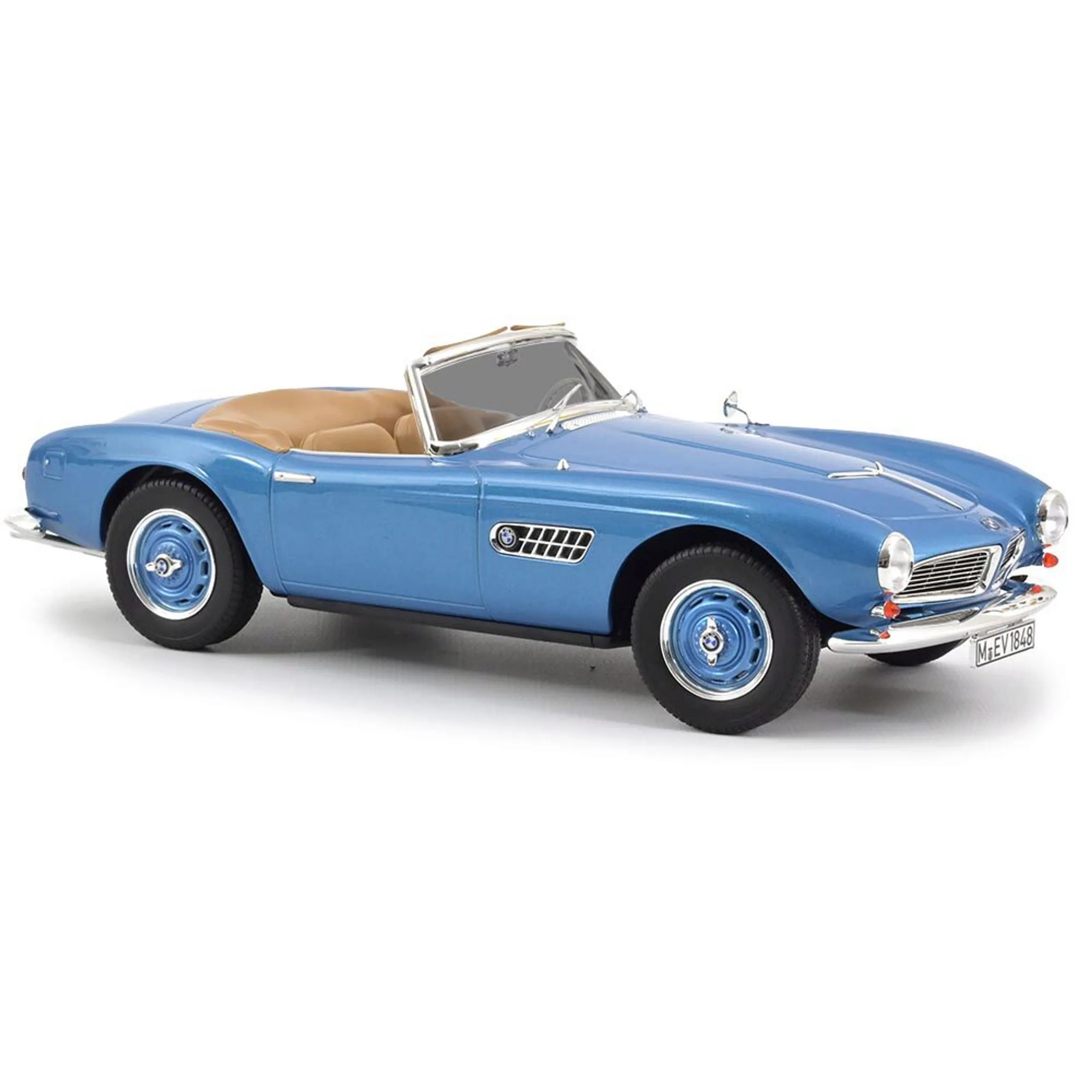
The condition of a diecast model car is a primary factor in determining its price. Models in pristine condition, particularly those that are still in their original packaging, often command premium prices. Collectors highly value models that have been well-maintained and kept free of damage. Models with any scratches, dents, or missing parts will significantly decrease their value. The original box and packaging contribute to the overall condition and value, with complete and undamaged packaging adding to the model’s desirability. Careful evaluation of the model’s condition is essential when purchasing, as it directly affects the price and collectibility. Assessing condition involves inspecting the paint finish, details, and any moving parts for any signs of wear or damage. Collectors generally assess models by considering the condition, from mint (brand new) to well-loved (with signs of wear). The better the condition, the higher the price. (diecast-model-car-condition)
Where to Find the Best Prices for Diecast Cars
Finding the best prices for diecast model cars requires exploring various channels, each with its own benefits and drawbacks. Comparing prices across different platforms and considering factors like shipping costs, seller reputation, and the model’s condition is essential. Some avenues are particularly known for great deals and discounts, while others offer a wide selection of models. The key to finding the best prices is to do your research and take advantage of the different options available, while being vigilant and carefully assessing each offer. There are several popular ways to acquire diecast models. From online marketplaces to physical stores, the avenues that supply these miniatures vary greatly.
Online Marketplaces
Online marketplaces like eBay, Amazon, and specialized diecast car forums are popular sources for buying diecast model cars. These platforms offer a vast selection of models, often at competitive prices. eBay, in particular, provides opportunities to find rare or out-of-production models, often through auctions. Amazon offers convenience and sometimes lower prices, especially for newer models. Specialized forums and online communities are great resources for finding rare models and connecting with other collectors. When buying from online marketplaces, it’s important to carefully check the seller’s feedback, the model’s condition, and the shipping costs before making a purchase. Be wary of deals that seem too good to be true, and always ensure the seller has a good reputation to protect your investment. Online marketplaces are great for finding deals, with a vast selection, but buyers must remain vigilant.
Specialized Diecast Model Car Shops
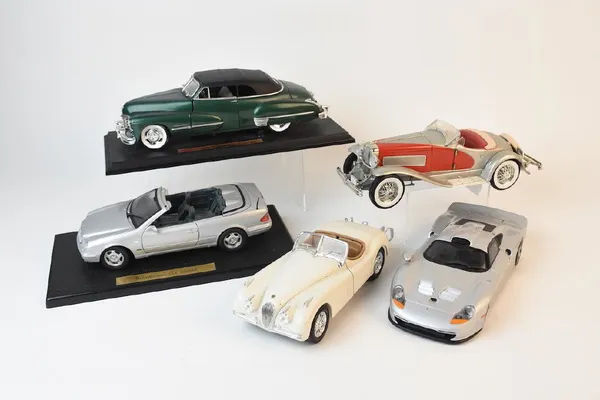
Specialized diecast model car shops, both online and physical, offer curated selections and expert advice for collectors. These shops often stock a wide range of brands, scales, and models, including limited editions and hard-to-find items. Staff members typically have in-depth knowledge of the hobby and can provide valuable assistance. Physical shops offer the benefit of inspecting the models in person before purchasing, allowing you to assess the condition and detail. Online shops may provide detailed product descriptions and high-resolution photos to help assess the model. Visiting specialized shops also allows you to connect with other enthusiasts and discover new models. While prices may sometimes be higher than those on online marketplaces, the quality and expertise are often worth the extra cost. These shops can provide an environment that suits the collector needs.
Auctions and Collector Events
Auctions and collector events are excellent venues for finding valuable and rare diecast model cars, where enthusiasts can discover unique items and potentially secure great deals. Auction houses and specialized auction events often feature collections, offering a wide variety of models. These events give collectors the opportunity to bid on rare and limited-edition models, sometimes below retail price. Collector events like car shows and swap meets provide opportunities to meet other collectors and dealers, and find models not usually available elsewhere. Attending these events is a great way to discover models, but it’s essential to do your research, assess the model’s condition, and set a budget before bidding or making a purchase. Auctions and collector events can be great for finding rare and valuable models, but careful planning is a must. (diecast-model-car-online-marketplace)
Tips for Saving Money on Diecast Model Cars
Saving money on diecast model cars involves adopting smart buying strategies. Comparing prices across various retailers, taking advantage of sales and discounts, and being open to buying used models are all effective ways to reduce expenses and grow your collection efficiently. Planning and flexibility are essential. By adopting these approaches, collectors can enjoy their passion without breaking the bank. Combining smart strategies with patience and research is the key to finding the best deals. Some simple steps can save you a lot of money in this hobby.
Comparing Prices
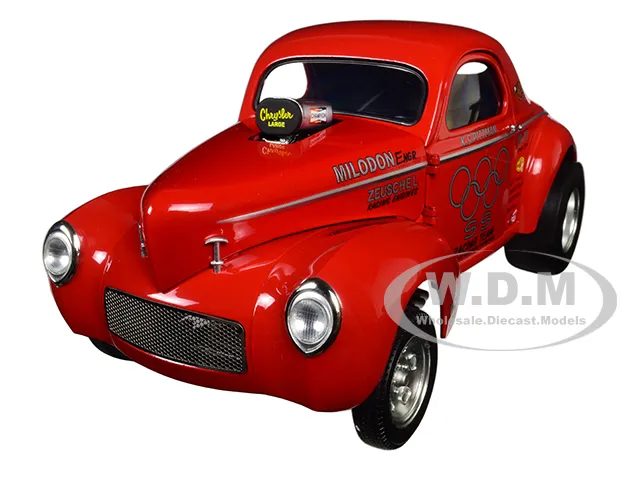
Comparing prices across different retailers and platforms is a fundamental way to save money on diecast model cars. Check prices at online marketplaces, specialized shops, and auction sites before making a purchase. Use price comparison websites and tools to quickly find the best deals. Check the model’s condition, shipping costs, and the seller’s reputation. Look for sales, discounts, and promotions, which can greatly reduce the final cost. Comparing prices may take a bit of time, but it’s essential for finding the best deals and avoiding overspending. This is a simple action that helps you make informed choices.
Looking for Sales and Discounts
Actively looking for sales and discounts is an effective strategy for saving money on diecast model cars. Many retailers offer periodic sales events and promotional discounts, especially around holidays. Subscribe to newsletters from your favorite retailers to receive notifications about upcoming sales and promotions. Watch for clearance sales, where older models or discontinued lines are often sold at reduced prices. Check for discount codes and coupons, which can be applied at checkout to lower the final cost. Sales and discounts can significantly reduce the price of your desired models, but you must keep your eyes open. This ensures you never miss a good deal.
Buying Used Models
Buying used diecast model cars is a cost-effective way to grow your collection while saving money. Used models are often available at lower prices than new ones, especially if they are in good condition. Thoroughly inspect the model’s condition, looking for any damage or missing parts. Compare prices and research the model’s value to ensure a fair deal. Look for models that have been well-maintained and stored properly. Buying used models provides an opportunity to acquire rare or out-of-production items at a fraction of the original price. This approach helps you expand your collection while saving money. (diecast-model-car-maintenance)
Maintaining and Protecting Your Diecast Model Cars
Proper maintenance and protection are vital for preserving the value and appearance of your diecast model car collection. Storing your models correctly, protecting them from dust, light, and temperature variations will help keep them in prime condition for many years. With a bit of care and attention, you can ensure that your models look great and retain their value, providing a lasting enjoyment of your collection. Taking some simple steps can help keep your models in good condition, helping you maximize the value of your collection.
Maintaining and Protecting Your Diecast Model Cars
Store your diecast model cars in a clean, dry, and temperature-controlled environment to prevent damage and degradation. Avoid direct sunlight and excessive humidity, as these can cause paint fading and component deterioration. Consider using display cases or cabinets to protect your models from dust and accidental damage. Handle your models carefully, and clean them gently with a soft cloth to remove dust and debris. Avoid using harsh chemicals or abrasive cleaners, which can damage the paint finish. Regular maintenance and protection will keep your models looking their best for many years. By following these steps, you can ensure your collection remains a valuable and enjoyable hobby. (diecast-model-cars-collection)
